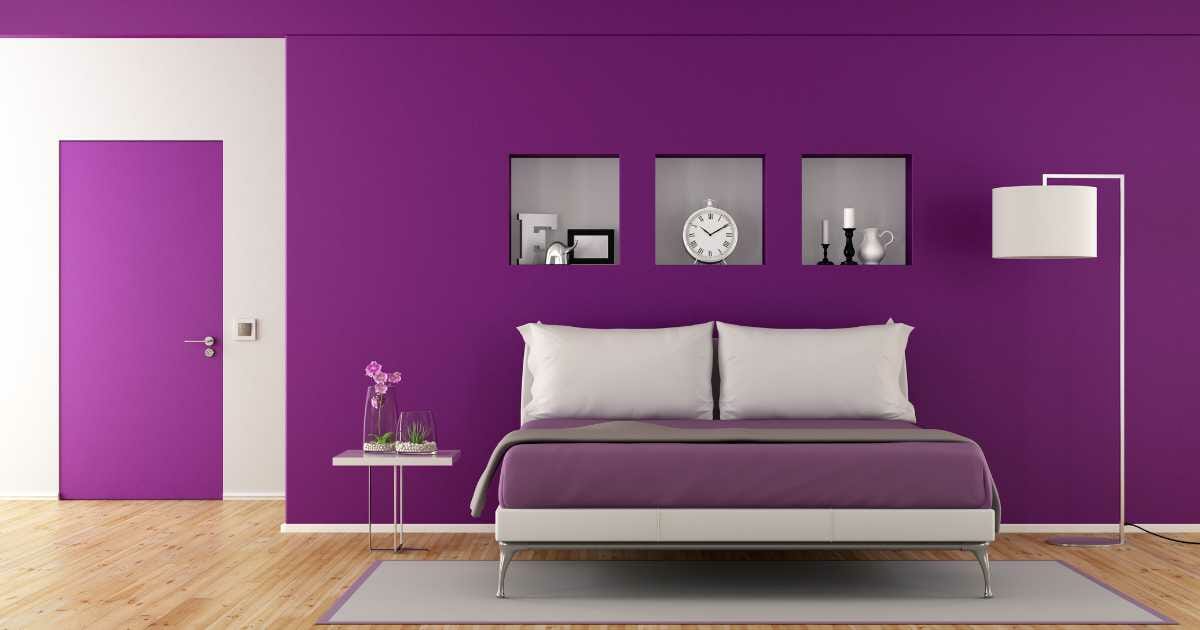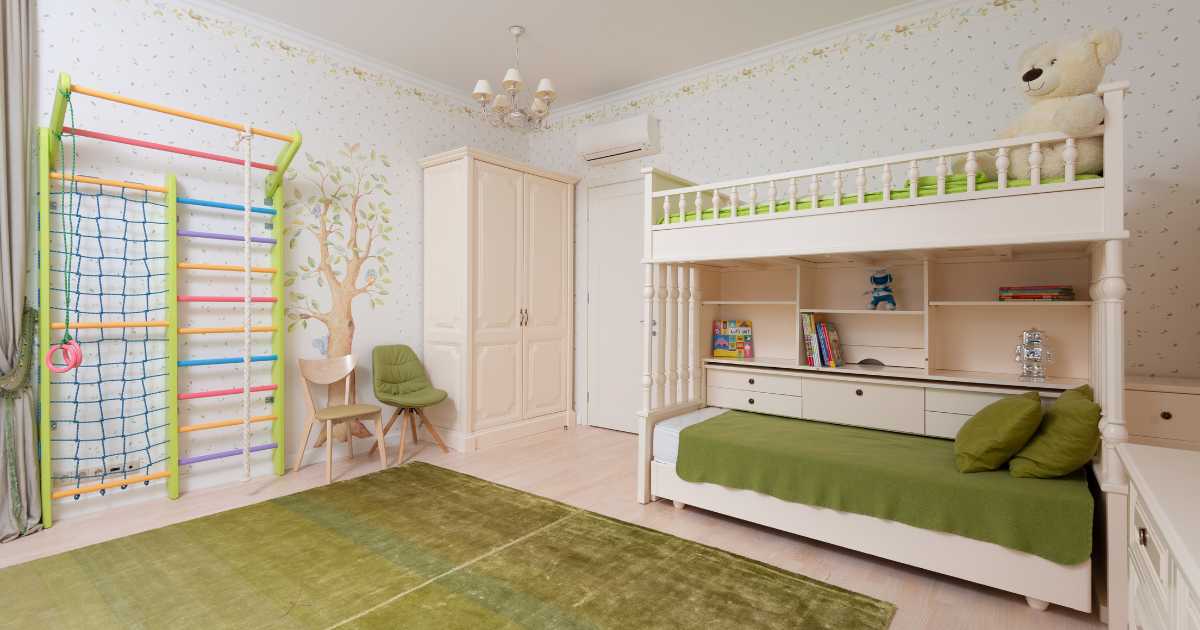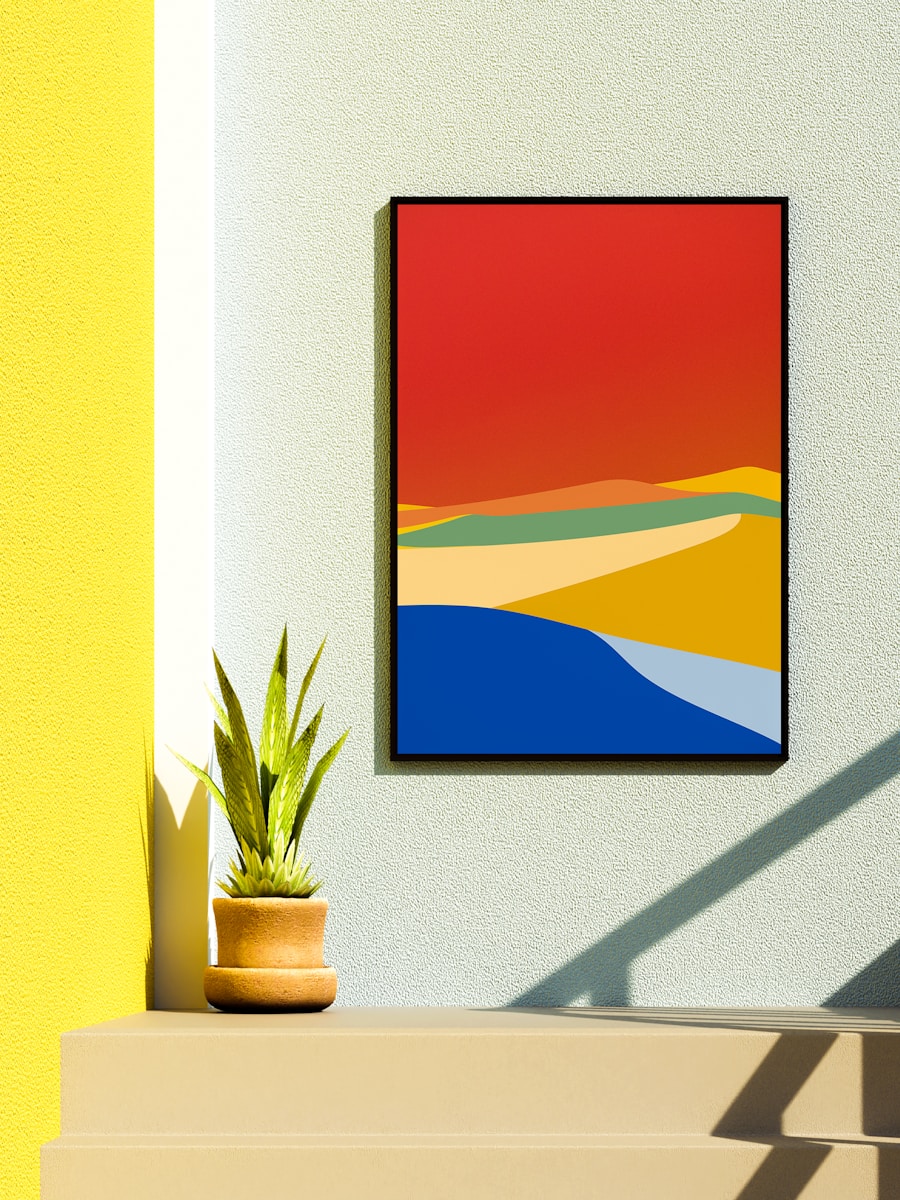Do you like to fill your walls with vibrant hues? Or, perhaps more neutral shades? You may feel confused when you think of the color palette for your interior home decor – which shades should you pick from the color wheel?
Interior designers have created a strategy – or design rule – to help with decorating a home interior. Known as the 60 30 10 decorating rule, this strategy has become popular in the interior design field. But what is the 60 30 10 decorating rule? Read this post to find out more!
What is the 60 30 10 Decorating Rule?

The 60 30 10 decorating rule is an interior design strategy. “60 30 10” refers to the percentage of using different colors. It means 60% of the painted surface will be covered by the main color. The secondary color will cover only 30%, while the remaining 10% of the wall will be for the accent color.
Professional interior designers tend to stick to this rule while creating a color palette. Based on your preference and taste, you can decide on the dominant colors. With some textures and secondary colors, you can cover 30% of the space. Although accent colors cover only 10% of the space, they can leave a significant impact. So, there are three color themes according to the rule.
Trending Colors for Home Interiors
Some homeowners like to focus on the latest trend to make their color palettes. During the post-pandemic period, there has been a trend of using eye-catching bold colors. For example, you can make your space lively with accent colors like teal and yellow.
You can also develop an organic base to prevent your space from looking odd. For instance, pick natural tones like olive and sage green. It is the best way to create a distinctive color scheme for your home interior. After selecting a few colors for experimentation, you should balance the color scheme.
Implementing the 60 30 10 Rule: A Brief Guide
When breaking down the question of what is the 60 30 10 decorating rule, it’s best to first choose the majority color that will cover 60% of the space – what color do you want for your walls? You may also choose this color for your carpets and furniture.
Then, decide on the secondary colors (30%). Based on the primary color, you can choose a matching secondary hue. Apply this color to your painted furniture, chairs, window dressings, and other furnishings. These secondary tones create a stunning and distinctive look.
The accent colors (10%) are intended for candle stands, side tables, coffee tables, and throw pillows.
Pick the Right Shades for Your Home Interior

When looking to pick the right shades for your home interior and sorting out what is the 60 30 10 decorating rule, you should have a clear concept of the color wheel, which presents you with a range of options. These colors can be categorized in different ways:
Monochromatic
Selecting a single color is a trend in the interior design field. You can then combine darker and lighter variants of this shade. Also, it works perfectly with gray, white, cream, and other similar shades.
The monochromatic color scheme with neutral colors is best for those who do not love vibrant shades. So, you can keep the major part of your walls white. When applying the 60-30-10 decorating rule, you can use gray (30%) for your cabinetry. For other fabric items, you can pick the black shade.
Complimentary
Pick the most complementary shades from your color palette. Make sure that these shades contrast with each other. For instance, you can make a perfect blend of cool colors and warm tones for a balanced look for home interior decor.
Analogous
There is another trick for selecting three colors for the 60-30-10 decorating rule. One shade should be adjacent to another color in the color wheel. The dominating color (60%) is the middle one, while the remaining ones should be their complementary shades.
Split Complementary
Select the main hue to be used for your room, then look for other colors that complement it. In this case, you can select the adjacent colors on the color wheel.
Rely on this color scheme breakdown and make your home interior highly attractive. After understanding the basics of the 60-30-10 decorating rule, you can customize your home interior.
The Number of Colors That You Can Use in Your Room

Now that you know what is the 60 30 10 decorating rule and you know the importance of using three main colors for decorating a room, you may also add several other tones of the chosen three colors. The three-color decorating rule will enable you to create a perfectly balanced look. It is especially good for an open-plan layout in your dining room and kitchen.
Is the 60 30 10 Decorating Rule Effective for Any Room?
The 60 30 10 decorating rule is effective for any room, but you can also consider single colors for all rooms – just make sure they are connected to each other. In the absence of this connection, your home interior will look disjointed. Also, consider that every room has a different size and receives a different amount of sunlight.
The best trick is to paint the overall house with a single primary color. Use various accent colors and secondary colors for every room for perfect harmony throughout your home.
The 60 30 10 Decorating Rule for Your Kitchen
You can choose your favorite color scheme for your kitchen, but it is always essential to stick to the rule. For instance, 60% of the decorating rule should cover your kitchen cabinets. Secondary colors can be applied on countertops, walls, and floors. 10% is only for the final touches in the kitchen.
Highlight hardware and accessories in your kitchen. You can use white for the backsplash and cabinetry, but black cabinets can also be acceptable when combined with decorative backsplash.
The 60 30 10 Decorating Rule for Your Bathroom
Proper implementation of this decorating rule will make your bathroom look fresh and bright. A classic bathroom can have a combination of glossy and white tiles. For the cabinetry (30%), you can choose a gray tone. The flooring looks beautiful with a lighter shade. To show creativity, you may add some black accents (10%) for a balanced color palette.
The 60 30 10 Decorating Rule for Your Bedroom
Since it’s where you sleep, your bedroom should feel relaxed. Some interior designers recommend neutral shades for different elements in your bedroom. Let these objects show various textures. If you add pops of colors, focus on every minor detail. Make your bedroom a comfortable space with the right choice of colors.
The 60 30 10 Decorating Rule for your Living Room
The living room is the best place to combine a range of warm colors with deep blue tones. But balance is the most important aspect.
For instance, start by painting your living room walls a navy color. Then you can combine it with artwork and accent pillows for touches of yellow.
Conclusion
We hope that you now have a good understanding of what is the 60 30 10 decorating rule. Of course, you can always consult professional painters and interior designers to decide on the right color choices. Whether it is a monochromatic scheme or a vibrant one, this rule will be helpful to you.


